Do you have any students who are struggling to remember the letter sounds?
In this post, I’ll share some strategies that have helped my own students!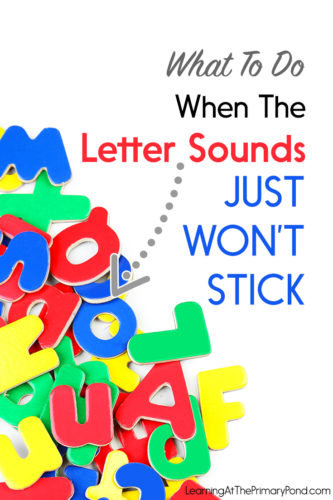
Photo Credits: 5 second Studio, Shutterstock
Give Phonological Awareness Skills a Little Extra Attention
Phonological awareness is the awareness of the sounds that make up spoken language.
It’s different from phonics, because phonics involves the actual letter symbols (phonological awareness = just spoken sounds). Phonological awareness includes rhyming, syllable segmenting, blending and segmenting individual sounds (like taking /h//a//t/ and blending the sounds to make “hat”).
If students are struggling to remember the letter sounds, it’s possible that they need a little extra practice with phonological awareness skills. You can set aside a few minutes during small group to work on skills like isolating the first sound in a word (i.e. you say “sun” and they have to say the first sound, /s/).
Children usually develop phonological awareness skills in a predictable order. For a phonological awareness scope and sequence and activity ideas, check out this post.

Use a Daily Alphabet Chant
An alphabet chart is a simple, powerful tool for teaching students letter sounds (and letter names).
For at least the first half of the year in Kindergarten, we practice “chanting the chart” every day. EVERY DAY!
The chant goes like this:
A, apple, /a/
B, book, /b/
I point while we chant—or I have a student volunteer point.
This chant is also a great way to begin your small group. When students sit at your table, have copies of the chart ready for them. (If students are having trouble pointing on their own copies, have the entire group look at your copy until they improve.)
This activity can get a little repetitive over time, so here are some simple ways I keep it interesting for the kids:
- Go backwards, from Z to A
- Have a student volunteer point for the class (or the entire small group, if you’re all looking at one page)
- Have students whisper the chant
- Play games before/after the chant (“Who can find the picture that starts with /t/?” This is great for when you first introduce the chart and need to familiarize students with it.)
If you’d like a free scope and sequence for teaching the letters and other phonics concepts, click HERE to grab it!
Make it FUN!
We all know that anything is more fun when it’s a game. Why not do the same for letter sounds? My No-Prep Games for Letter Sounds allow students to do just that. This resource provides 60 different activities for your Kindergarteners to use. There are 2 games per alphabet letter as well as 7 mixed letter practice games.
I know it can be a struggle to teach Kindergarteners directions to new games every week, but there are only 7 different activity types you’ll have to teach. And let me repeat: NO-PREP! That will save you tons of time. Check them out here.
Incorporate More Opportunities for Developmental Spelling
Students who are struggling to learn letter sounds may need MORE opportunities to spell words phonetically (by their sounds, using developmental spelling).
I know, I know—that seems a little counterintuitive, right? Why would you ask these students to write MORE when they hardly know any letter sounds?!
But here’s the thing: students’ development in writing can help improve their phonics and reading skills (and vice versa). When students have opportunities to stretch out words, listen for their sounds, and attempt to write those sounds, this can help improve their letter sound recall.
Of course, if students only know a few sounds, they will definitely need support! I highly recommend having students use their own copies of an alphabet chart—like the one above!—for assistance as they spell words phonetically.
You’ll need to model this process repeatedly. Here’s what it might sound like:
Draw a turtle on a piece of paper. “This is a turtle. Say the word with me slowly. Turrrrtllllle. Good. The first sound I hear is /t/. Now, I’m going to look for a picture that starts like /t/ on my alphabet chart. Hmm…does ‘aaapple’ start like /t/? No. Does ‘lllleaf’ start like /t/? No. Oh! I see a ‘taco.’ ‘Taco’ starts like /t/! I’m going to write the letter next to the taco on my paper because that letter makes the /t/ sound.” Repeat this process for the sounds r, t, and l in the word “turtle.” Your final spelling will be incorrect, and that’s okay if it matches your students’ development.
Use Multisensory Techniques
This is super important, especially for students who are struggling!!
Multisensory learning activities incorporate more than one sense. For example, you might have students:
- Trace a letter (in sand, salt, on the table) and say the letter sound aloud
- Draw the letter in the air while saying the letter sound aloud (have students draw the letter using two fingers, arm outstretched, to promote gross motor muscle memory)
- Work with sandpaper letters
- Physically make CVC words with magnetic letters, tiles, or letter cards
- Learn specific movements to make while practicing letter sounds (Jolly Phonics is an example of a program that pairs movement with letter sounds)
I love using a travel soap box with salt to give students personal tracing boxes!
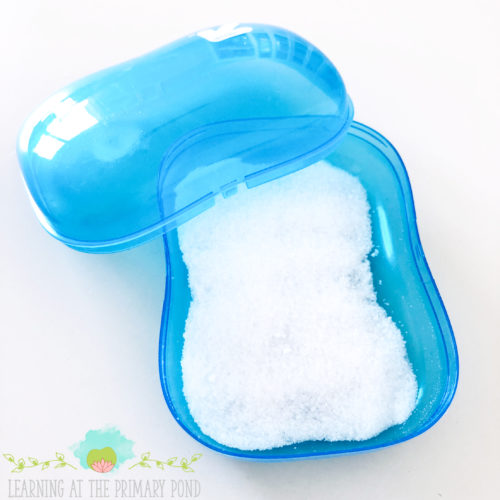
I bought these “Feel, Trace, and Write Alphabet” cards from Really Good Stuff. I love these! I like having a tactile letter and writing space all on one card; my students can trace the letter with their finger, trace it with a dry erase marker, and then write it independently.
Conclusion
Different kids benefit from different strategies. However, when I have a student who’s struggling, I try all of these strategies because they can all work in conjunction to help those letter sounds finally stick.
If you need more activities for teaching students the letter sounds, check out my small group activity binders for Pre-Readers HERE!
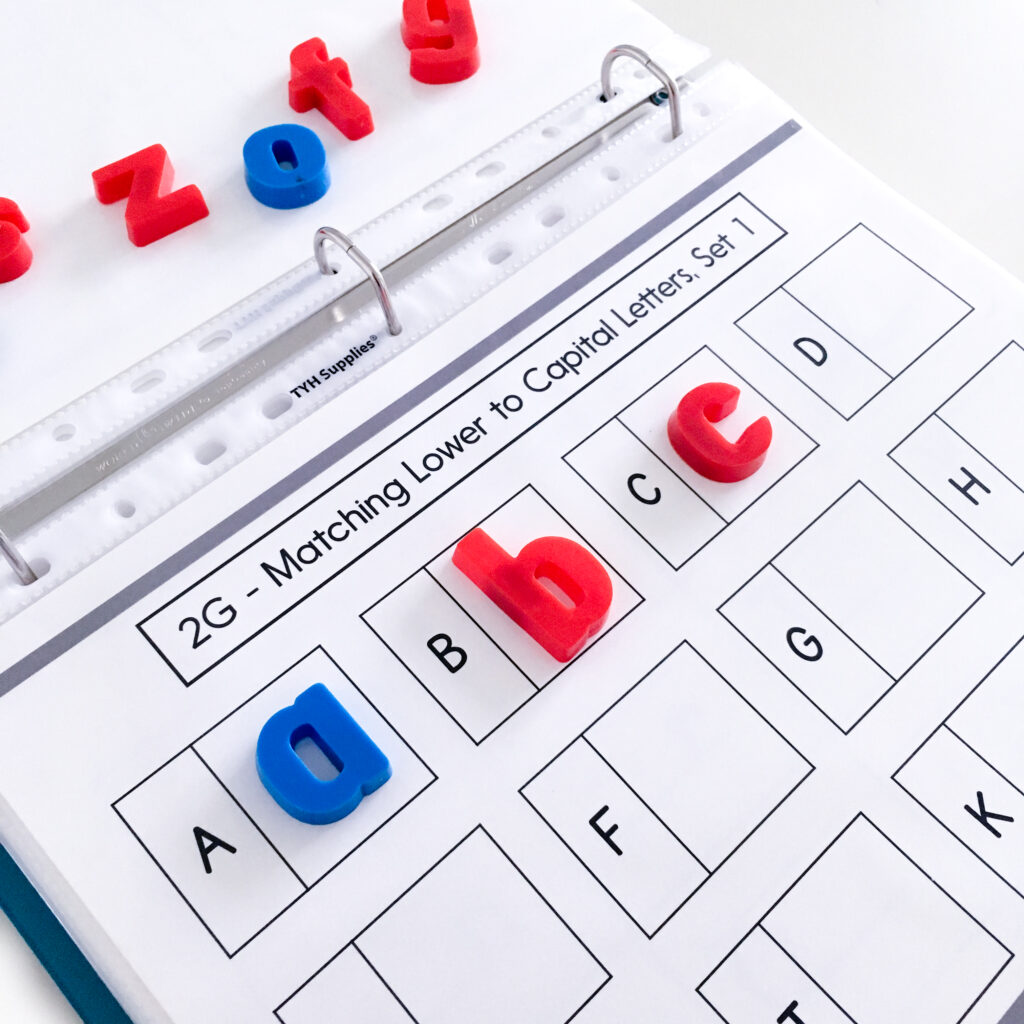
Happy teaching!

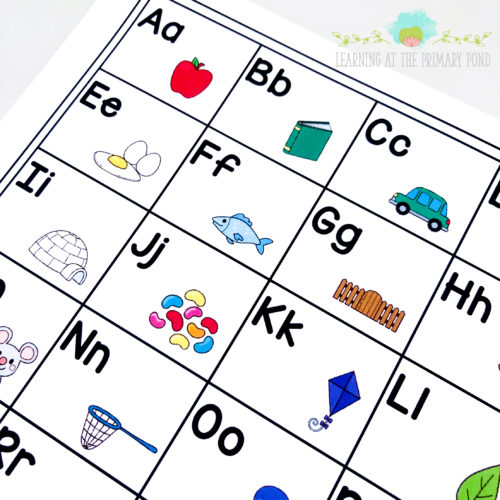
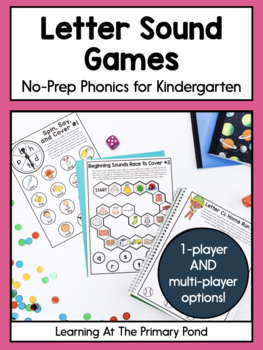

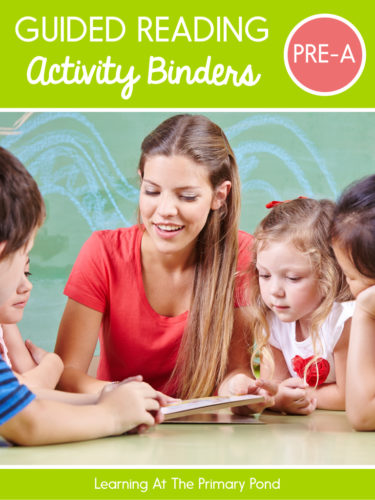
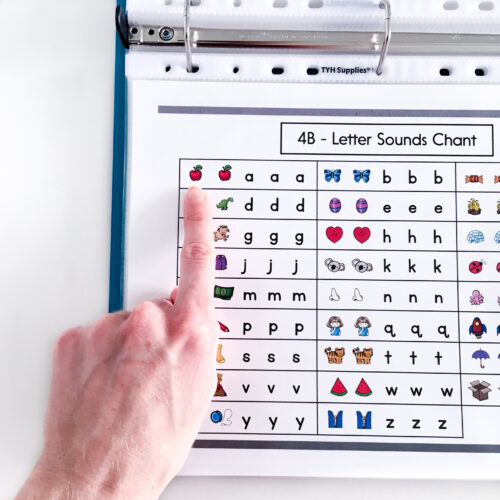
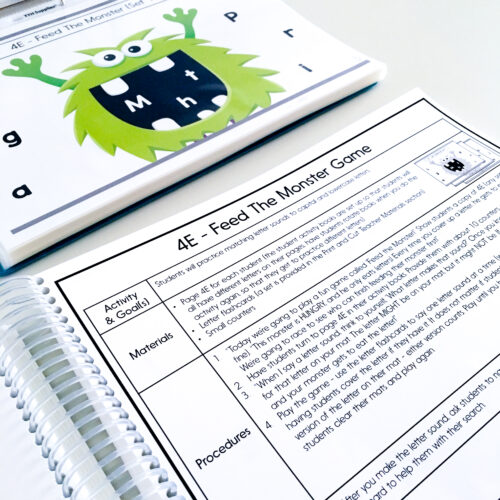
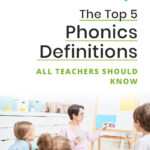











These ideas are wonderful . I’ve used several of them but it was great reading what else I could try.
wow nice article
Thank you, Niral! I hope it was helpful to you! 🙂
I’ve been trying to teach the same diagraph for 3 weeks. Getting nowhere. Kiddos can’t pick out words with the diagraph. Can’t sound out diagraph. Need some advice about what to try now.
Hey Carrie! Have you read my digraph blog? Hope this helps! https://learningattheprimarypond.com/blog/what-is-a-digraph-what-are-some-ideas-for-teaching-digraphs/